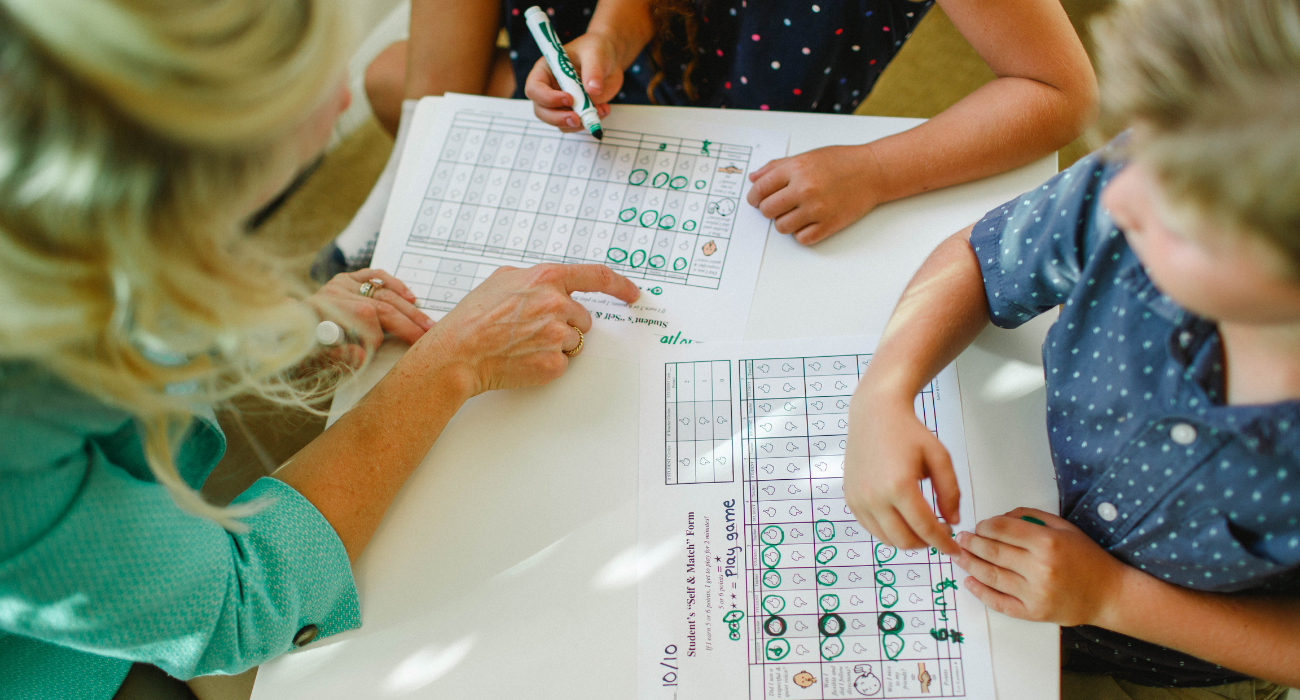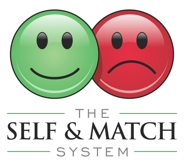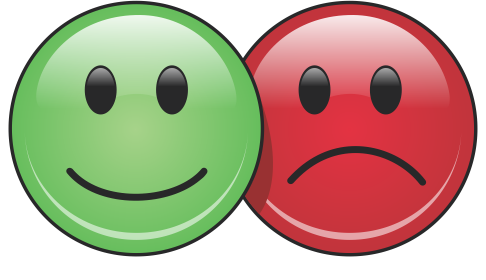Self-Management Interventions: Who, What, Where, When, Why and How?
One of the most difficult tasks educators face is managing classroom behaviors and implementing effective behavior management systems. There is nothing wrong with teachers applying positive reinforcement contingencies (such as implementing token boards, marble jars, or using teacher delivered point sheets) to achieve classroom order but it is desirable that students eventually learn to manage their own behavior. The student has learned an important life skill, becomes more independent, and increases their quality of life while the teacher is provided the opportunity to focus more on academic instruction and adaptive behavior skills.
John Dewey, arguably America’s most famous and important educator, suggested that the ideal aim of education is to give children a sense of ownership over their own behavior. This process does not occur mysteriously, but through a series of systematic steps. When a student learns to manage her or his own behavior, the outcome is a win – win.
WHAT is self-management & WHO can self-monitor?
In its simplest terms, self-management involves the personal/self-application of behavior change procedures that supports goal achievement.
Self-management is not limited to use with children and/or to individuals with special needs. In fact, self-management interventions are all around us! You’ll find that some of the most popular weight loss programs, fitness monitoring, and budget tracking tools have embedded the foundational elements of effective self-management procedures. Development of self-regulation and self-management is possible from a very young age and virtually every individual has the ability to learn to self-monitor their behavior.
Self-management comes in many forms and an umbrella phrase that encompasses:
• Self-monitoring
• Self-assessment
• Self-observation
• Self-recording
• Self-charting
• Self-graphing
Most commonly, self-management is described as a series of steps where a person:
• Identifies a goal behavior
• Determines if a specific behavior has occurred
• Records the occurrence of behavior
• Obtains reinforcement

WHERE can you engage in self-management?
ANYWHERE! Self-management is an amazingly versatile intervention in that it can be used at home, in schools (Pre-K thru college), in the community, clinics, camps, and even on the job. The opportunities are endless! Since using self-management places responsibility on the individual instead of an external source, research has shown that self-management promotes generalization to other settings even after the interventions have been faded out.
WHEN can you engage in self-management?
ANYTIME! There are no time parameters around when you can or cannot self-monitor. It’s flexible and can work with your schedule. You can self-monitor all day long, but if you only have 1 hour a day to work on a goal start there – it’s about progress not perfection!
WHY are self-management interventions effective?
Researchers have been specifically studying self-management since the 1960’s. More recent evidence of self-management interventions has been synthesized in the National Autism Center’s National Standards Report, Research Synthesis on Effective Intervention Procedures from the University of South Florida Center for Evidence-based Practice, and National Professional Development Center- Evidence Based Practices.
While there are countless benefits of self-management interventions, here are the 6 most common themes that are highlighted in the research.
1. Self-management promotes independence & self-determination
2. Self-management places responsibility on the individual instead of an external source
3. Self-management interventions can be implemented with individuals with various levels of intellectual functioning
4. Self-management interventions can successfully increase behavioral and classroom performance
5. There is high acceptability for use of Self-management interventions
6. Self-management interventions can be incredibly individualized (2)
Further, self-management using a social accountability check-in (match component) is highly effective in teaching individuals how to self-monitor and in sustaining the success of meeting your goals through the intervention. This has been outlined in the research since the 1970s. You may have noticed the use of a social accountability check within self-management programs such as in popular step-counting apps, food tracking apps, and weight loss programs.
HOW CAN I SET-UP A SELF-MANAGEMENT INTERVENTION?
The key to setting up any effective self-management system is pre-planning; working smarter, not harder. Take time to think through the specifics of the self-management system before beginning to implement. There are many variables to consider prior to implementing a self-management intervention. Here are some of the logistics that you will want to consider:
• Target behaviors
• Procedures and schedule for monitoring the behaviors
• How the monitoring will be recorded
• Reinforcement procedures to implement when the goal is met
• Plans to fade the intervention as mastery is achieved
Systematic planning before beginning an intervention makes a world of difference and is a fundamental element of the Self & Match system. The Self & Match System is a self-management and motivational system firmly grounded in principles of Applied Behavior Analysis (ABA). This manualized behavioral intervention encourages a collaborative approach to promoting systematic behavioral success for children and young adults using self-monitoring with a match component. Each system is individually developed using a comprehensive Considerations Guide that is included in the Self & Match Manual.
The Self & Match System has been implemented internationally across a variety of settings including: special & general education classrooms; home; camps; clinics; public, private, and parochial schools; post-secondary education; sports programs; and a soon to be launched pilot peer support project. The Self & Match System can be incorporated into individualized behavior systems, class-wide, and school-wide management procedures as a part of SWPBIS.




